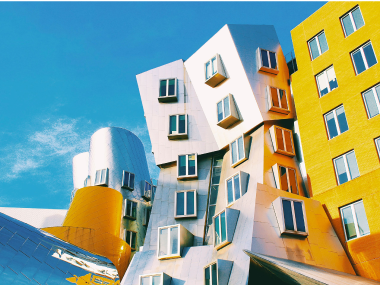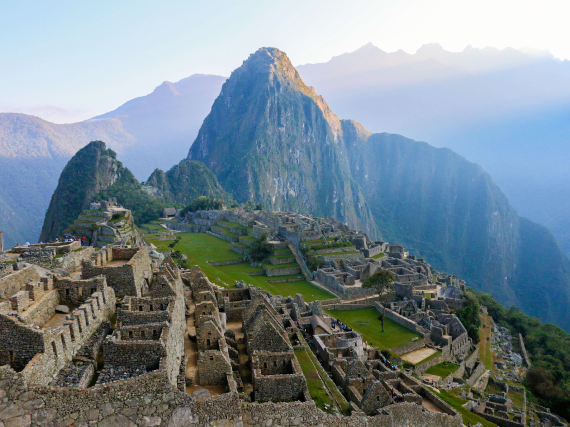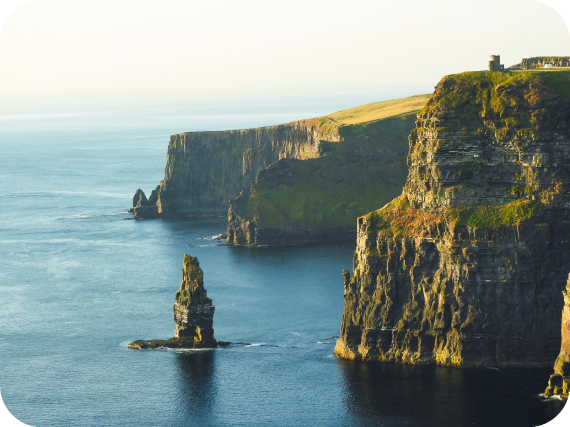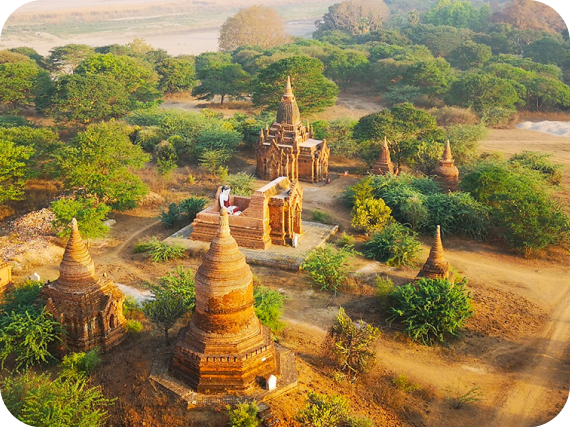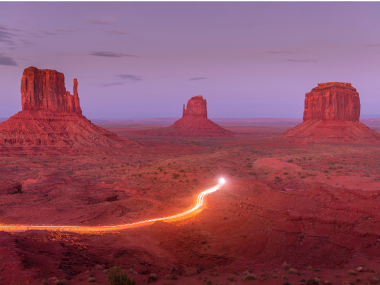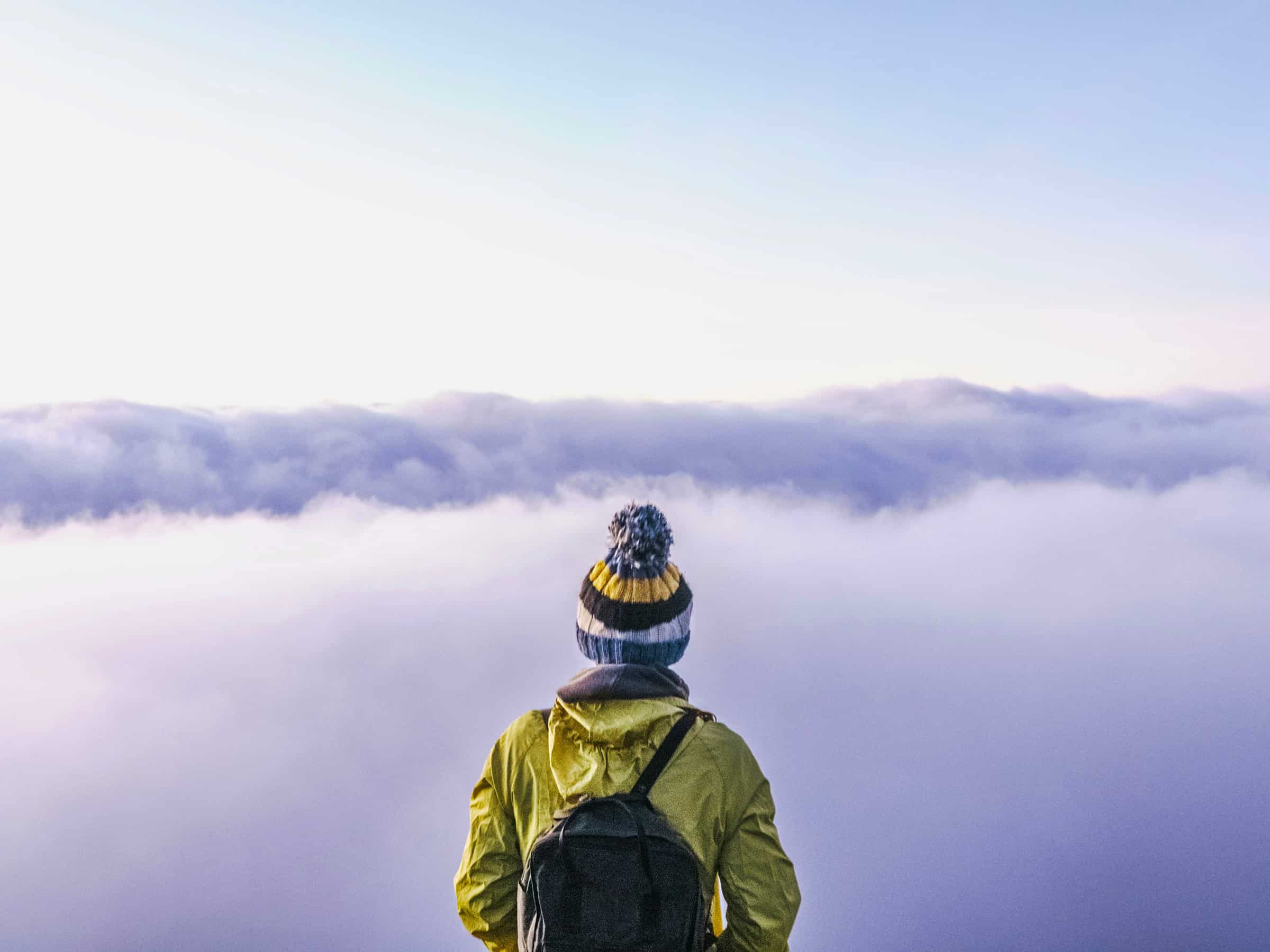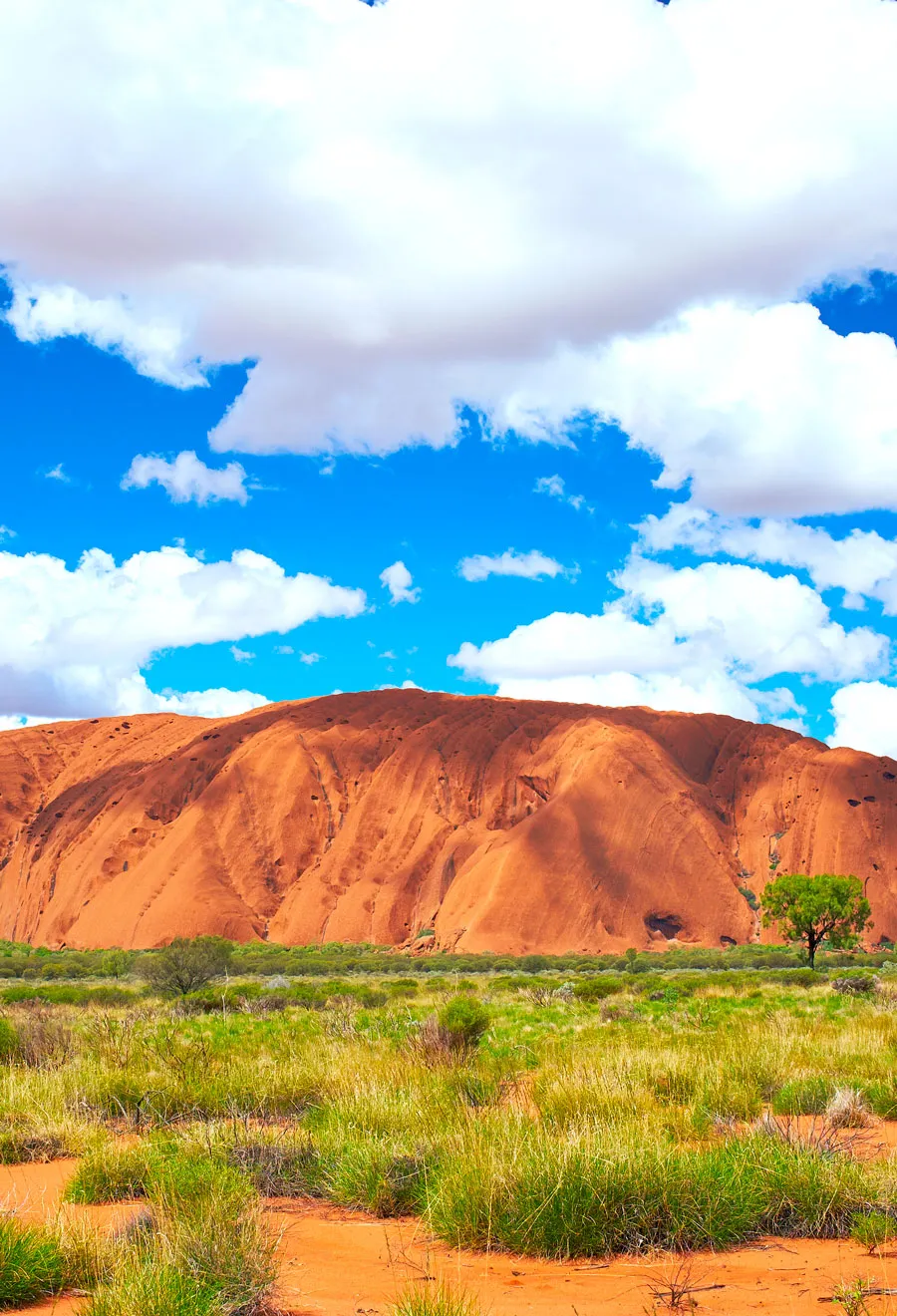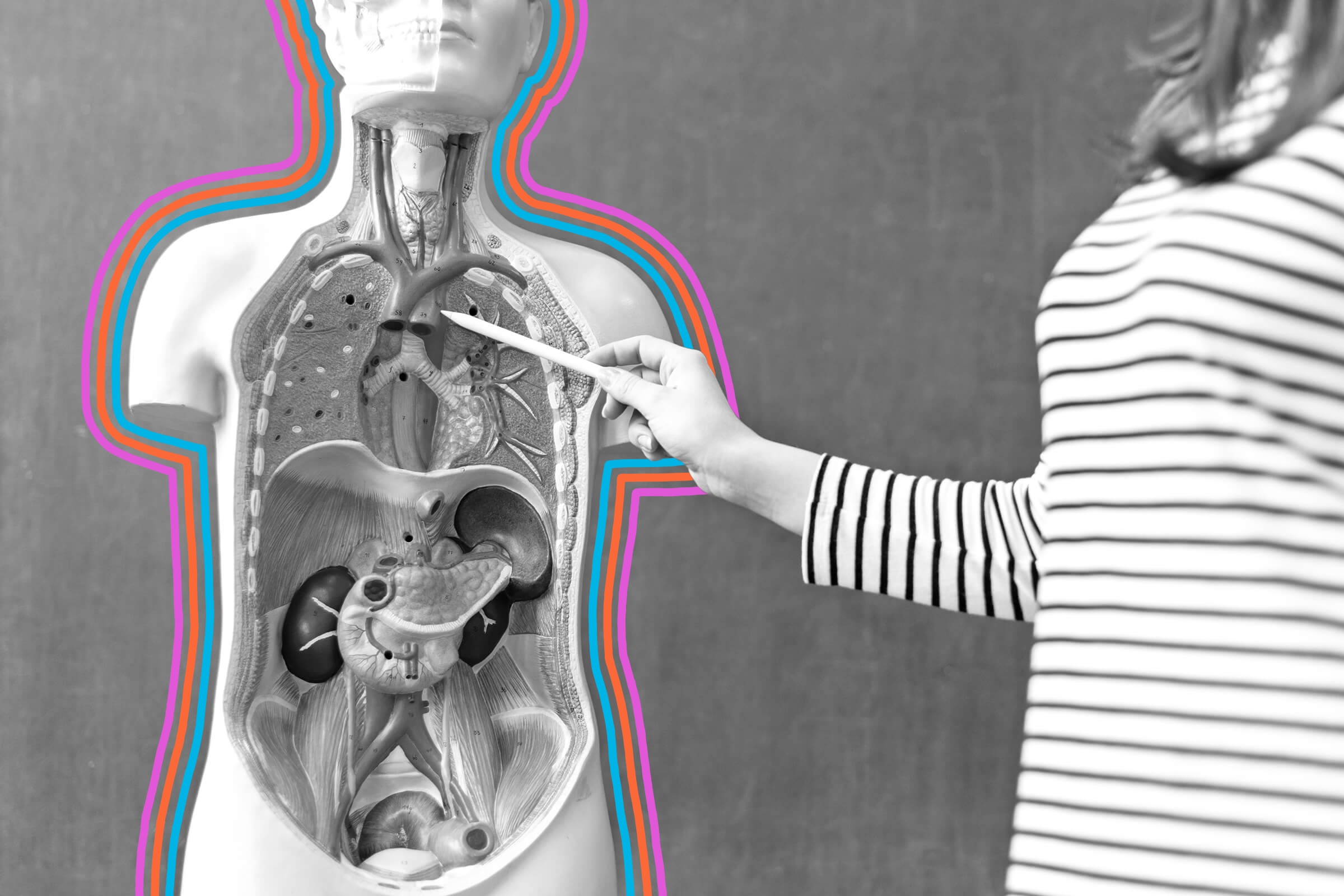Taking photos while traveling is an opportunity to create a lasting record of memorable experiences, sights, and activities. But while in many cases there’s no harm in doing so, there are certain circumstances in which it is unwise to snap a photo, either because it’s considered inappropriate or because it’s against the law. To avoid disrespecting local etiquette or facing a fine from the authorities, you should know about these eight places where it’s rude or illegal to take photos while traveling.
The Sistine Chapel in Vatican City
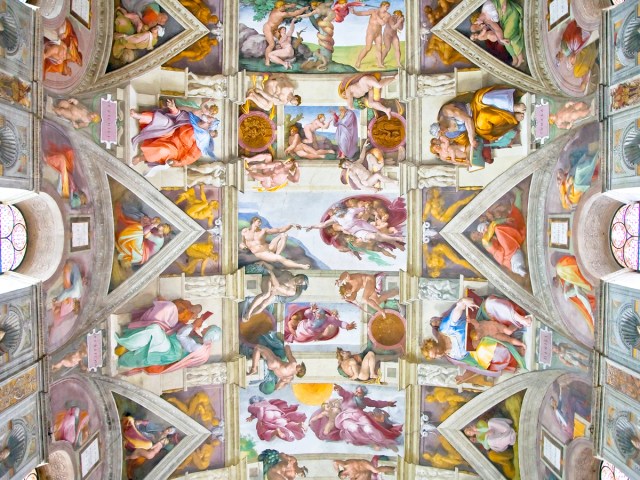
Though it’s tempting to try to capture some of the detail in Michelangelo’s famously frescoed ceiling, you’ll be breaking the rules if you try. Taking pictures or videos of the Sistine Chapel is explicitly banned. The rule is designed to protect the colors of the elaborate work, completed in the 16th century, from the harmful effects of flash photography. However, some sources report that the ban was put in place during an extensive restoration in 1980, which was funded by the Nippon Television Network Corporation in Japan in exchange for exclusive image rights. Though the deal has expired, the ban on photography is still in place.
Inside the Taj Mahal

In the 17th century, Emperor Shah Jahan ordered the construction of a mausoleum in honor of his wife Mumtaz Mahal. Today, the Taj Mahal in Agra is India’s most famous tourist attraction, receiving 7 million to 8 million visitors each year. When visiting, there are a number of important rules and regulations to follow. Drone photography isn’t permitted anywhere on site, and you’re also not allowed to photograph the Taj Mahal’s interior.
Airport Immigration and Security
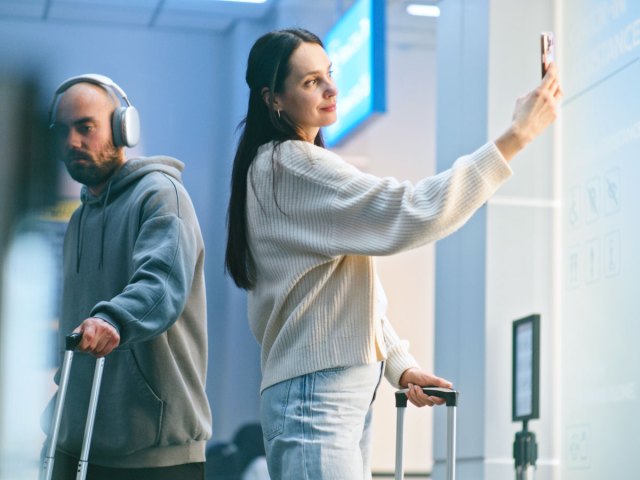
When traveling by plane, you’ll often see signs at airports banning the use of cameras, phones, or video equipment. The restrictions are in place to protect staff and help ensure passengers are safe and secure. Interestingly, while you’ll often see these signs posted in customs and immigration areas, the TSA does not explicitly prohibit taking photos in the security line, so long as those making recordings don’t interfere with the screening process. However, don’t attempt to photograph the monitors that staff members use to study the contents of passenger baggage, which is indeed banned.
Parts of Australia’s Uluru-Kata Tjuta National Park
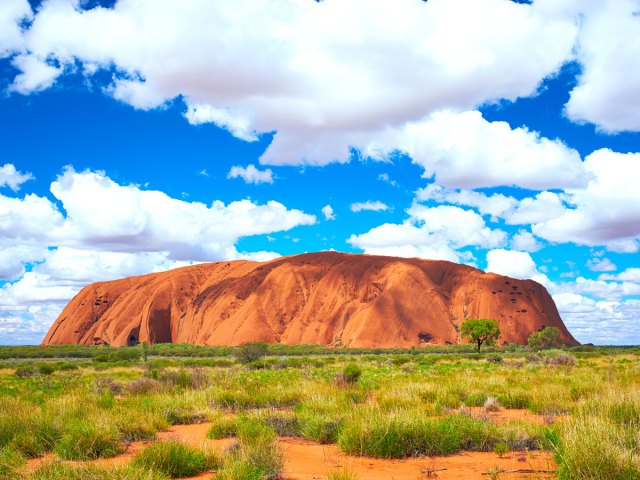
The Anangu peoples are custodians of Uluru, formerly known as Ayers Rock. To them, this famous sandstone monolith in the Australian Outback is a sacred site, and, as such, taking photographs is off-limits in certain places. According to the oral tradition of Tjukurpa, “certain elements of the landscape may only be viewed or understood by certain people.” Signage clearly identifies the culturally sensitive areas where the rocks and their markings shouldn’t be photographed.
People in the United Arab Emirates
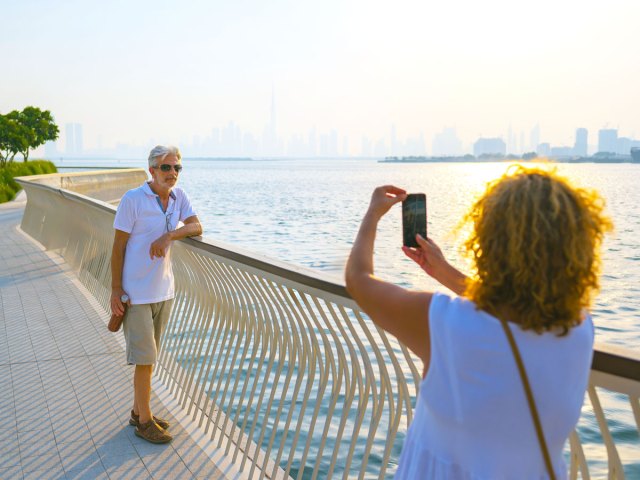
The law in United Arab Emirates prohibits photography of people without their explicit consent. Taking unauthorized images of people, even in public spaces, can land you with a fine of up to Dh500,000 (about $135,000 USD) and potentially lead to jail time. Taking pictures of people without their written permission is considered a violation of their privacy. In 2023, the Abu Dhabi Judiciary Department (ADJD) published a set of guidelines that visitors should adhere to.
Pedestrian Bridges on the Las Vegas Strip
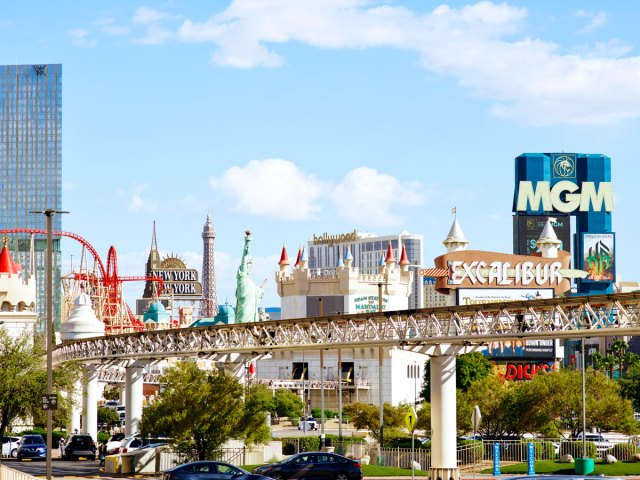
The bright lights and clashing colors of the Las Vegas Strip often have vacationers reaching for their cameras. In an attempt to get a wider view, you might be tempted to pause for a picture while crossing the road on one of its pedestrian bridges. However, doing so can land you in hot water. As of January 2024, it’s now considered unlawful to stop or stand while on such crossings. The new measure was voted into effect for safety reasons, to ensure that pedestrian traffic keeps moving on the bridges.
The Eiffel Tower at Night
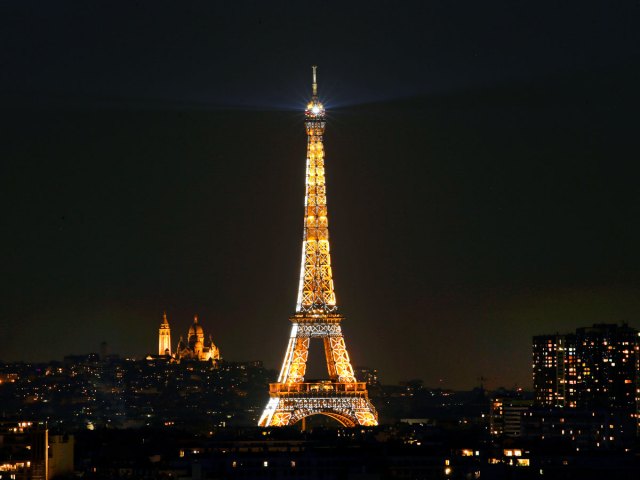
Paris’ most iconic landmark, the Eiffel Tower, shines brightly at night — and for the first five minutes of every hour after dusk, it sparkles, too. There’s a common misconception that it is illegal to snap a picture of the Eiffel Tower at night, but as long as the images are only intended for personal use, it’s permissible to do so. Professionals, however, should obtain the required permissions (which may involve paying a fee) because photographing the illuminations and using the images or video footage for monetary gain is considered a breach of copyright.
Certain Japanese Temples

While photography isn’t universally prohibited at Japanese temples, individual temple policies vary. As a mark of respect to those who come for quiet contemplation and to enhance their spiritual well-being, the use of cameras and other recording devices is sometimes banned. Interiors, pathways, bridges, and formal gardens also may be off-limits to photographers.
Rules can be implemented in an attempt to manage congestion, as was the case in Kyoto. Restrictions were introduced in this popular tourist destination in November 2016, halting photography of Tofukuji Temple’s gardens from the Tsutenkyo Bridge when fall foliage was at its most colorful. Bans have also been implemented at the city’s Genko-an, Hosen-in, and Daigo-ji temples.
More from our network
Daily Passport is part of Inbox Studio, which publishes content that uplifts, informs, and inspires.
